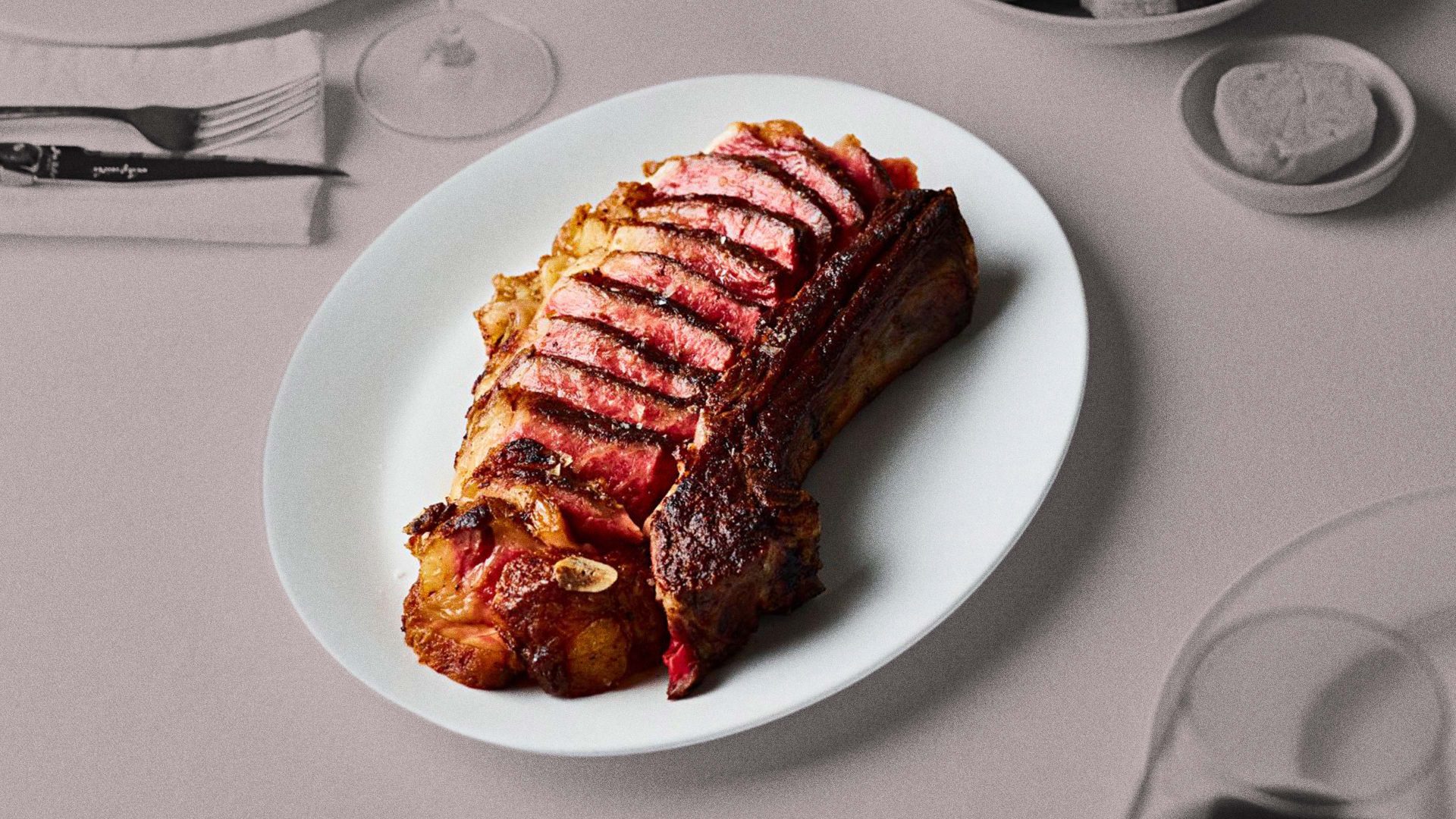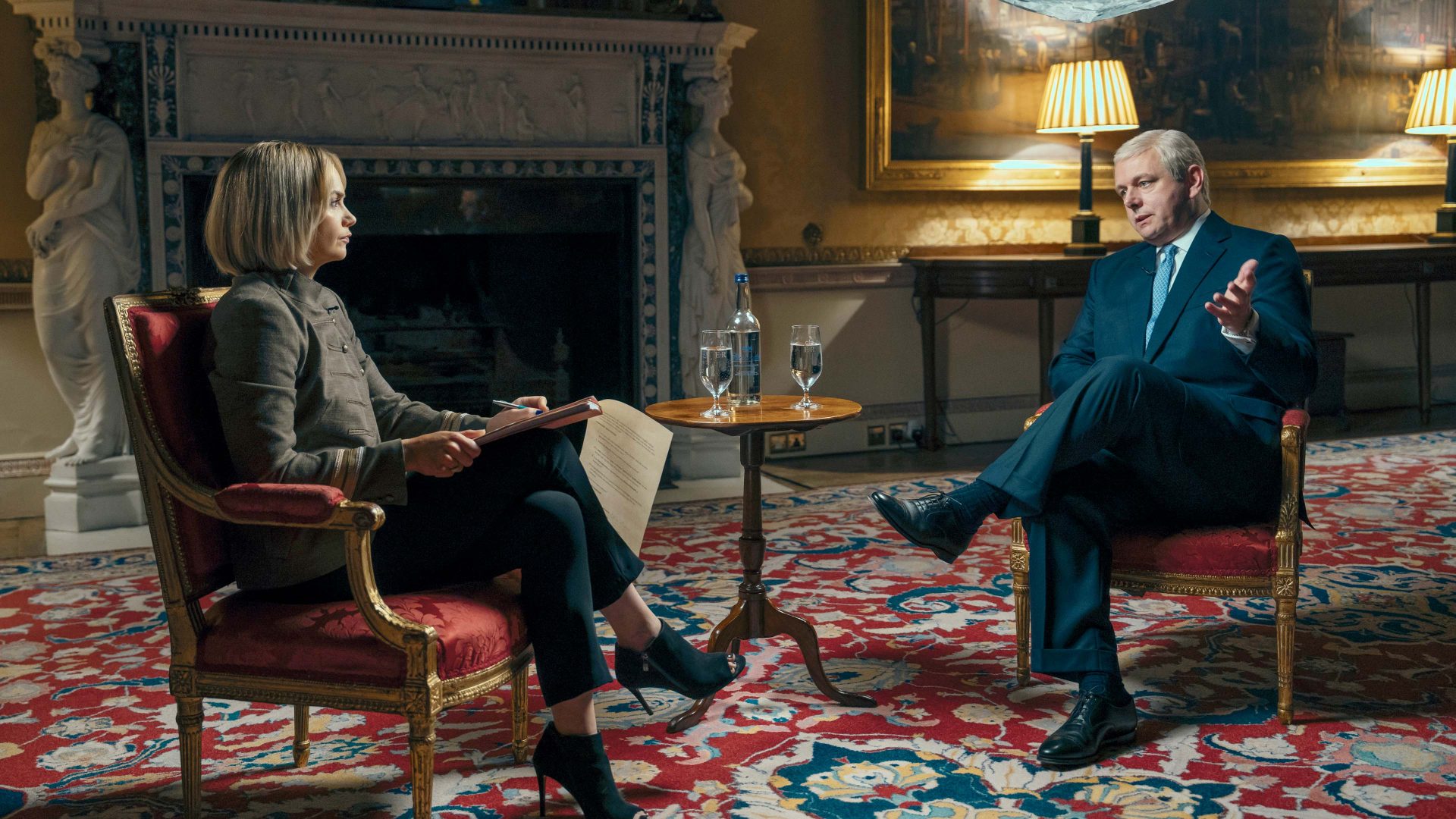When the food website Eater launched in London to much ado (there were free branded umbrellas), I wrote a piece about the proliferation of dairy beef in the UK.
It was sudden and enigmatic but somewhat under the radar. Few knew of the delicacy: the rich, marbled beauty of an old heifer’s meat. For so long Britain had been strapped to Hereford, to sirloin, to the simple charms of a rib-eye from Devon breeds. Nothing wrong with these, and yet…
Among the first on the scene with old dairy cows was Lurra, largely thanks to the work of a restaurateur called Nemanja Borjanovic, who cleverly adopted the importation of Galician and Basque beef through his company Txuleta. Big names such as Chiltern Firehouse – where I recently bumped into Raymond Blanc, on fine form – and Kitty Fisher’s, still going strong and rightly so.
Then came British attempts. One farmer, Andrew Barraclough, a raw milk-loving, waistcoat-wearing Cumbrian, sought to replicate the work of Basque producers by selling meat from ex-dairy cows. Up there on the periphery of Penrith, not far from Withnail country, Barraclough did a solid job of tapping into tenderness and intensity in steak. Others did the same.
As in Galicia, Barraclough allowed his herd to roam. His retired dairy dames, otherwise destined for the mincer, would be re-primed and distributed to restaurants run by Gordon Ramsay and others. These Holstein Friesians, such big, grand cows, would be fattened and respected.
“These cows have worked hard,” Barraclough told me when I visited all those years ago. “Normally, they’d go to become cheap burgers. But by giving them a summer on the grass, and a high-fibre finishing diet of grain, they mature. We’re seeing proper marbling, and the meat’s flavour is pronounced.
“As well as this, it’s about using the animals in the best possible way. It’s sustainability, and giving real respect to the animal.”
Years have passed since, and dairy beef has become synonymous with high dining in London, if not the UK.
It is still being billed as uncharted: a bright new thing. It isn’t, obviously, but the fact British beef of this kind hasn’t yet weighed up to that of Spain means there is more to be done.
Even if the likes of Brett Graham of the Ledbury – which some believe to be the best restaurant in the country – and Steve Englefield, once of the Jugged Hare near Barbican, have been pushing old dairy cows for some time, the meat hasn’t really… cut through.
I think one restaurant that might speed things along is Ibai. It is new, expensive and in the City of London. I ventured in last week and encountered a big, bold room full of suits, each rinsing tired expense accounts by way of Burgundy and Bordeaux. I was myself paying tribute to somebody else’s card (Coutts), though only because this paper isn’t going to give me £400(ish) for an £18 prawn and boudin noir toastie, a £120 Galician Blond 1kg steak, various sides – truly beguiling French fries, OK tomatoes and excellent American-style sweetcorn – and a bottle of 2019 Gigondas (fair play). Fortunately, people with money want to take me out for lunch. Ibai, though. Good God. This is a place I’ll return to under my own steam (you can hold me to this, if you like). Because here is a temple to dairy beef.
Never mind anything else. Go in and ask for the cheapest red, it’ll still be good. But we must all of us pay far more attention to one of Spain’s finest ideas: using old dairy cows, giving them lots to eat, letting them tour luxuriant grassland under sun and rain, before saying, “well done, good effort”, and eating them with chips.
Ibai serves this purpose dutifully; true succulency displayed on hot grills above charcoal, flame licking at the fat, which then gives in and renders; the whole thing loosening, the juices crackling at the stifling heat. I do not think steak should be cheap anyway. But it is a shame it is expensive.
I am reminded of what Borjanovic told me years ago: “We know how good Basque and Galician beef is. It proved so popular [when first sold in Britain]. But we thought: why not do this here? British beef is, I think, the best in the world. It’s taken a long time to get this going – dairy cows have a hard life, so they need time on the grass. This doesn’t just happen. There are farmers who think they can just sell old animals. But you need a plan in place. It’s all about fine husbandry, diet, and time.”
It might appear the British side of things hasn’t quite taken off. Thankfully, Spain isn’t far away and, in the best possible way, it is being celebrated at Ibai, on the corner of two streets in the City. Well, find someone with a Coutts card and get yourself booked in.




